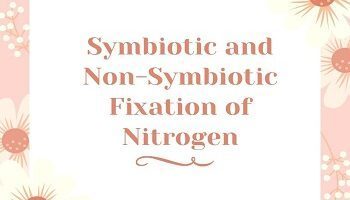Difference Between Glycolysis and Krebs Cycle:
Following are the points of difference between Glycolysis and Krebs Cycle-
| Glycolysis (EMP Pathway) | Krebs Cycle (TCA or Citric Acid Cycle) |
|---|---|
| Glycolysis takes place in the cytoplasm. | Krebs Cycle takes place in the matrix of mitochondria (exception aerobic procaryotes). |
| It is a common pathway for both aerobic and anaerobic respiration. | It is restricted to only aerobic respiration. |
| Oxygen is not required for glycolysis. | Krebs Cycle uses oxygen as a terminal oxidant. |
| It is a straight or linear pathway. | It is a cyclic pathway. |
| Glycolysis is the first step of respiration in which glucose is broken down to the level of pyruvate. | The Krebs cycle is the second step in respiration where an active acetyl group is broken down completely. |
| It degrades a molecule of glucose into 2 molecules of organic substance pyruvate. | It degrades pyruvate completely into inorganic substances (CO2 + H2O). |
| Glycolysis uses two molecules of ATP. | Krebs Cycle does not consume any ATP molecules. |
| Generates 4 ATP, so there is a net gain of 2 ATP molecules. | Generates 2 GTP molecules from 2 pyruvate molecules. |
| It generates 2 NADH (+H+) molecules. | Krebs Cycle produces 6 NADH (+H+) and 2 FADH2 molecules. 2 NADH (+H+) are additionally formed through link reaction. |
| It is not linked to electron transport or oxidative phosphorylation. | It is linked to electron transport or oxidative phosphorylation. |









Comments (No)